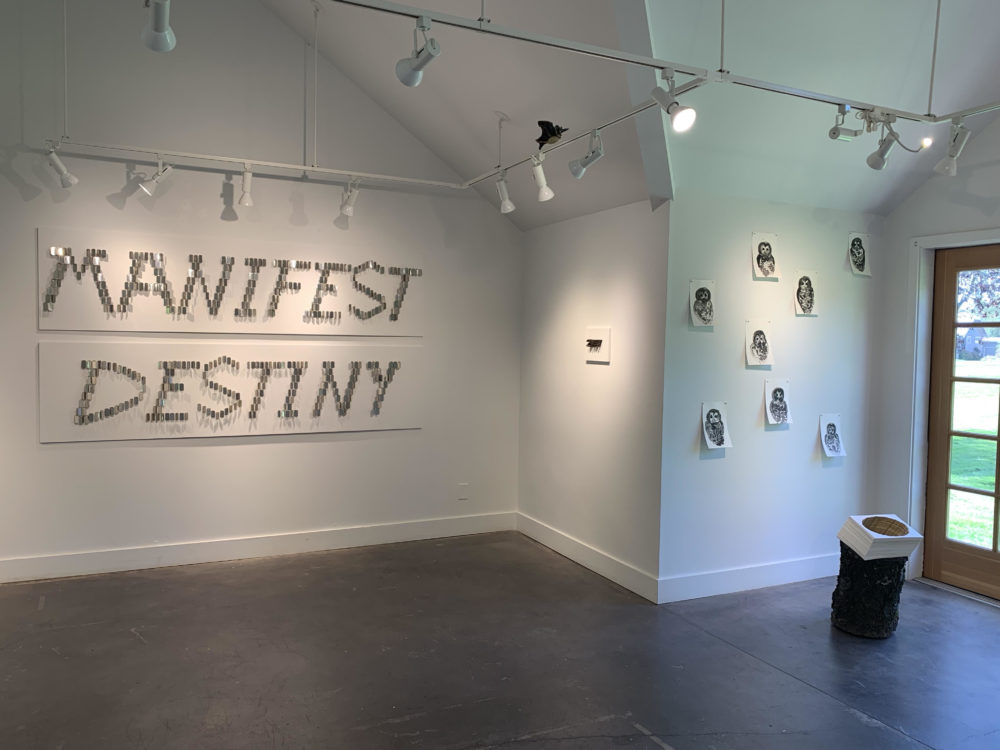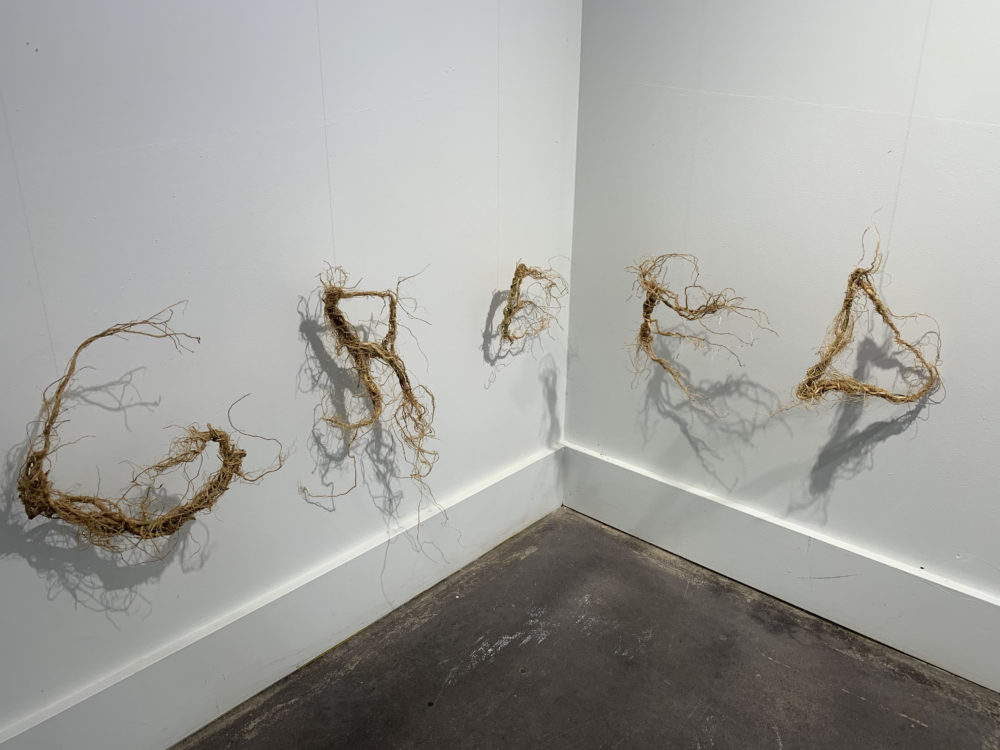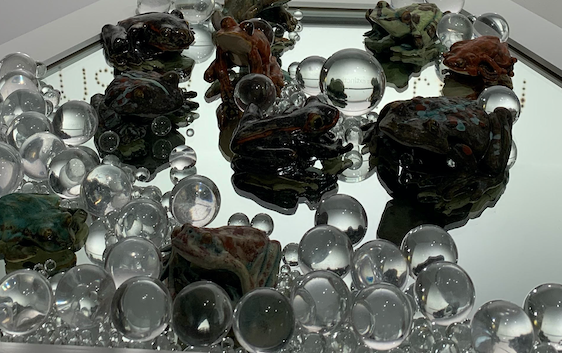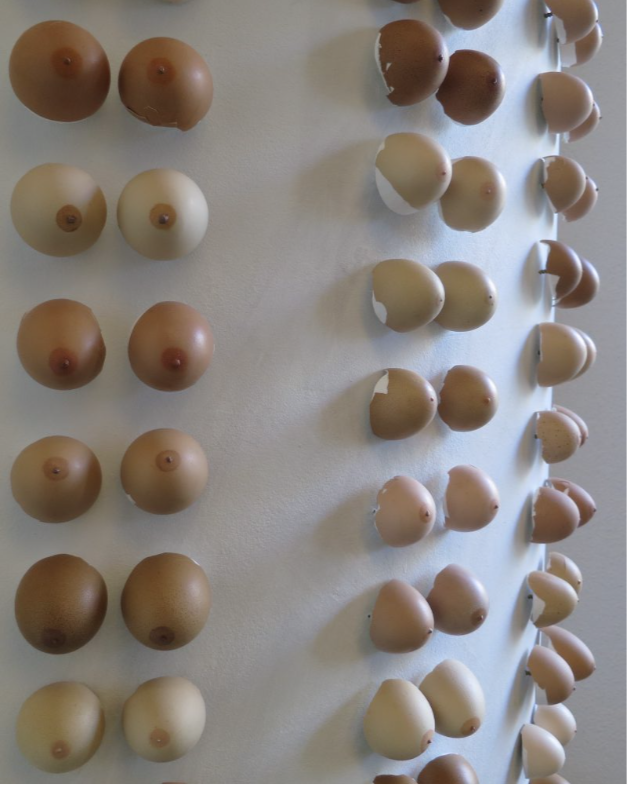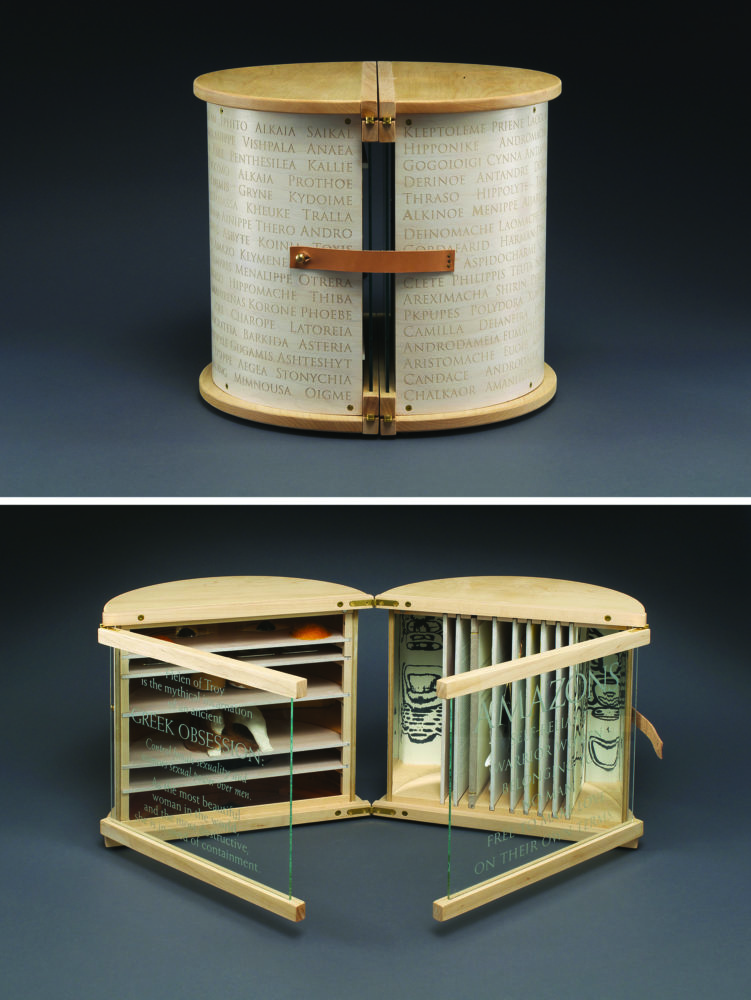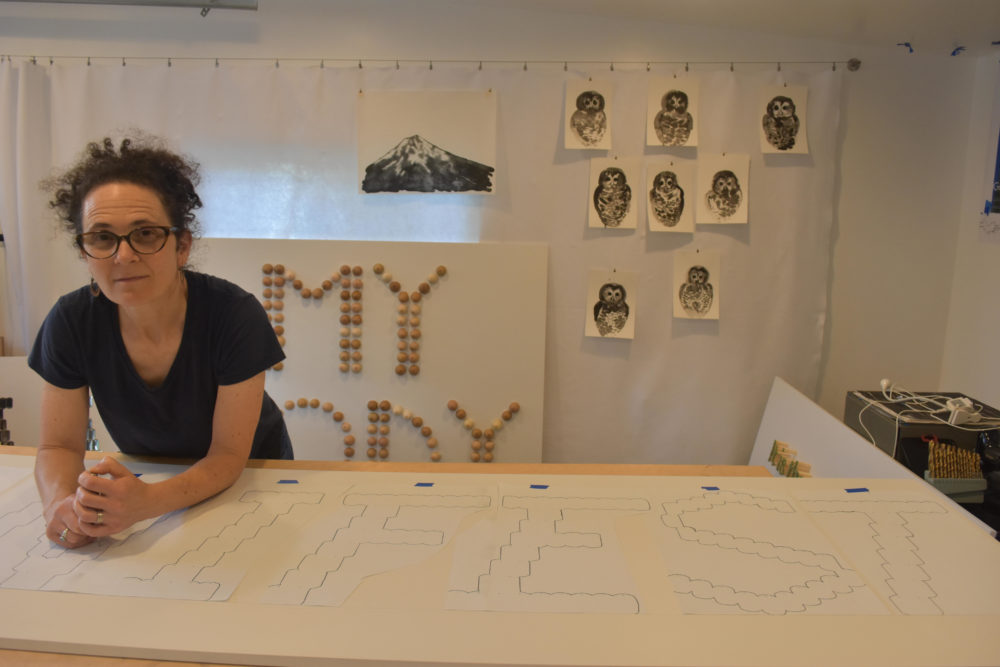To see more of Diane’s work, visit her website and Artadia’s Artist Registry.
Diane’s biography and images courtesy of the artist.
Images:
(ex)change, 2015, installation image by Matt Blum
WAKE, 2019, installation image
WAKE, 2019 installation image
WAKE, 2019 installation image
WAKE, 2019, detail from installation image
Detail from In These Five Remaining Days, After Hafez, 2010, photo by RR Jones
In These Five Remaining Days, After Hafez, 2010, photo by RR Jones
Detail from In These Five Remaining Days, After Hafez, 2010, photo by RR Jones
Detail from HOMAGE, installation image
object n. object v., 2016, photo by Courtney Frisse
This Hunger, 2018, installation image
Detail from Not So Fast, 2018, photo by Dan Swerbilov
Diane Jacobs in studio, 2019



